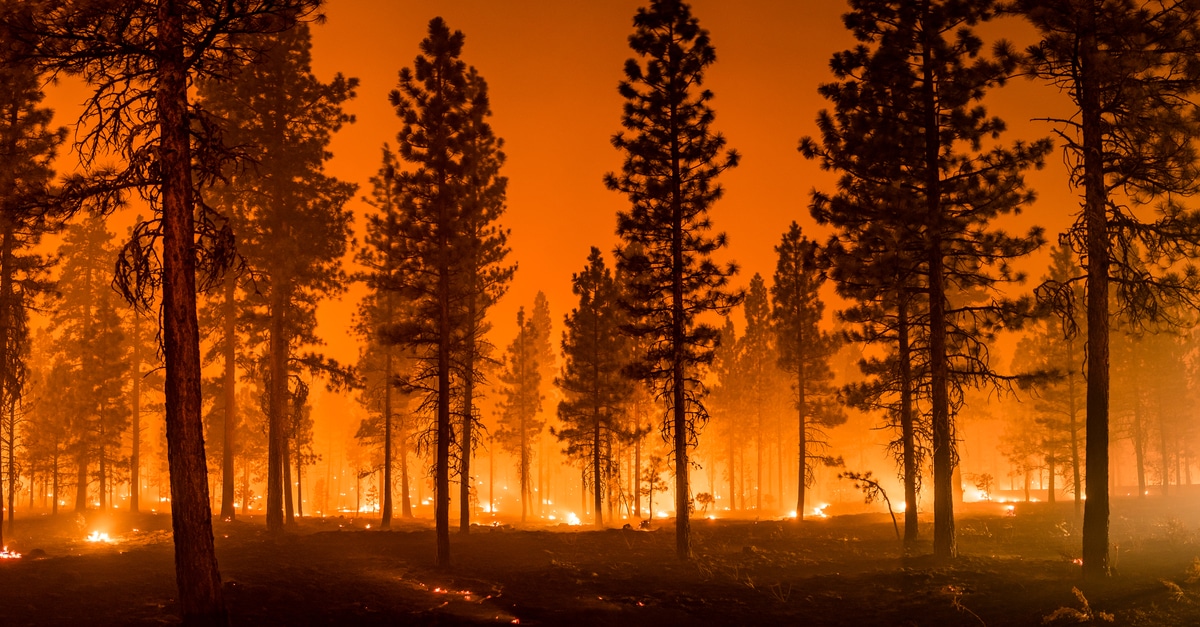Send us your CV
To quickly send us your details, please fill in the form below.

The classic argument goes along these familiar lines: we need to limit global warming to 1.5°C above limit or else we will reach an environmental tipping point of no return, likely around the year 2030.
In a scary turn of events, 2030 is not a lifetime away, rather a mere nine years. Hence, the need to reduce global warming is critical and rapid progress is essential.
Whether we achieve this goal will depend on us cleaning up our energy sources, radically reducing emissions, and transforming efficiency resulting in a fall in energy demand.
However, there’s a catch, and where the all too familiar dichotomy comes into play: reaching these climate goals comes at a great cost. It is assumed that an average of 1-2% of global GDP will need to be spent to achieve these climate goals. In some ways, 1-2% sounds like a drop in the ocean, however, this translates to a mighty cost lying somewhere between the $10 to $100 USD trillion mark.
This kind of cost has the potential to cripple economies.
Simultaneously, businesses will suffer at the hands of greater climate-induced risks; the obvious risks being physical, following more frequent and intense extreme weather events and sea-level rise.
However, transitional risks will also weigh heavily and will arise as society adapts to climate change – such as, changes in technology and regulation both of which can increase business costs and undermine the utility of existing products and services.
What is too often overlooked is the opportunities that would arise if sustainability and business found harmony. Companies improving their resource production and efficiency will reap the rewards of reduced costs and more resilient supply chains.
Innovation
Another notable benefit is the wave of innovation that comes with adapting to climate change – a great example of this being the emergence of hybrid cars. Together, these actions will allow companies to find a competitive advantage and thrive within new market opportunities.
To this extent, while the costs of implementing sustainable infrastructure are high, the Clean Growth Strategy forecasts that a low carbon economy would expand at a rate of 11% a year up to 2030, almost quadruple the rate of the broader economy. With all this considered, it is not surprising that the UN Special Envoy for climate action and finance, Mark Carney, has called the transition to net-zero “the greatest commercial opportunity of our age”.
Put simply, adapting to climate change is too often framed as a huge threat to businesses and the wider economy. Yet, we need to recognise that a bigger threat will follow if actions are not taken, and businesses that sit on the side-lines will be at a huge disadvantage.
Adapting to climate change needs to be reframed as an opportunity, recognising the outstanding perks that a low-carbon economy could have and the innovation that comes with it. It’s time for companies big and small to jump on board and reap these benefits before it’s too late. After all, the state of the economy will be the least of our worries if we are 5 feet underwater.